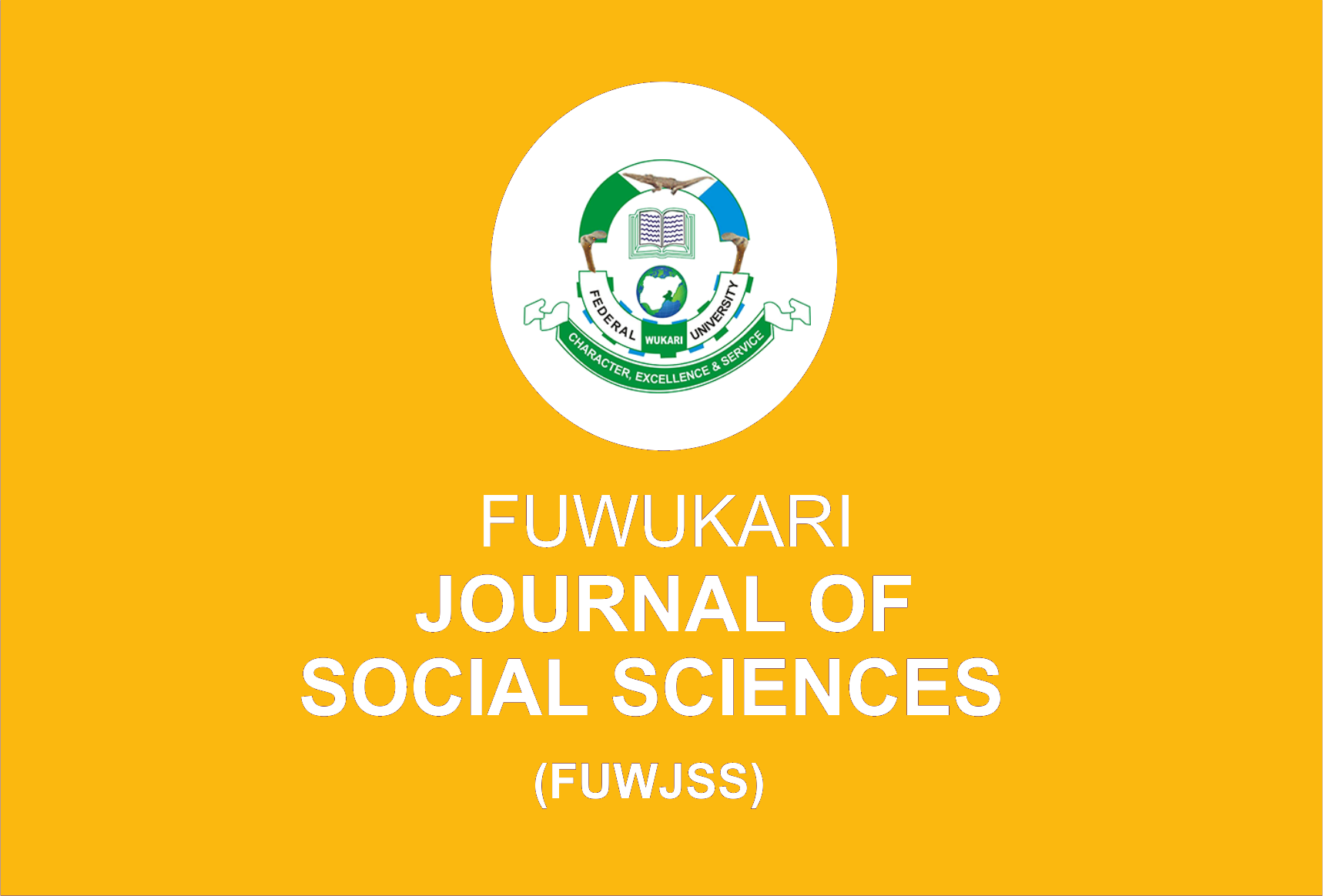Exchange Rate Misalignment And Economic Growth In Nigeria
Auta Elisha Menson
Keywords: Real exchange rate, misalignment, economic growth, VECM, Nigeria
Abstract
This study examines the effect of exchange rate behaviour on economic growth in Nigeria covering the period 1986 to 2022. The technique of analysis employed in the study is Vector Error Correction Model (VECM) approach. The study utilized Behavioural Equilibrium Exchange Rate (BEER) and Exchange Rate Misalignment (EXRM) models. The unit root tests of stationary shows stationarity at first difference and Cointegration was established using Johansson cointegration technique. The VECM results revealed that the impact of BEER on the economy depends on its direction especially in the long run. It appreciates for improved terms of trade and net foreign asset position but depreciates due to increased trade openness and broad money supply in the long-run. In the short-run, the EXR misalignment would impede growth. The convergence term has correct sign (negative) and 36% adjustment rate to equilibrium in BEER and 32% in EXRM. The study concludes that it is imperative for the Central Bank of Nigeria to initiate consistent macroeconomic policies and regulatory frameworks focusing on the main drivers of equilibrium EXR to correct currency misalignment and to support their promising economic growth. Thus, increased investment in domestic market is required to encourage local production thereby taking advantage of period undervaluation to achieve increase in export that will bring about rapid economic growth. This ensures sustainable growth in a more diversified economy to improve the terms of trade. The study recommends that appropriate incentives should be provided in both tradable and non-tradable sectors of the Nigerian economy.
Author Biography
Auta Elisha Menson
Department of Economics, Faculty of Social Sciences, Kaduna State University, Nigeria

